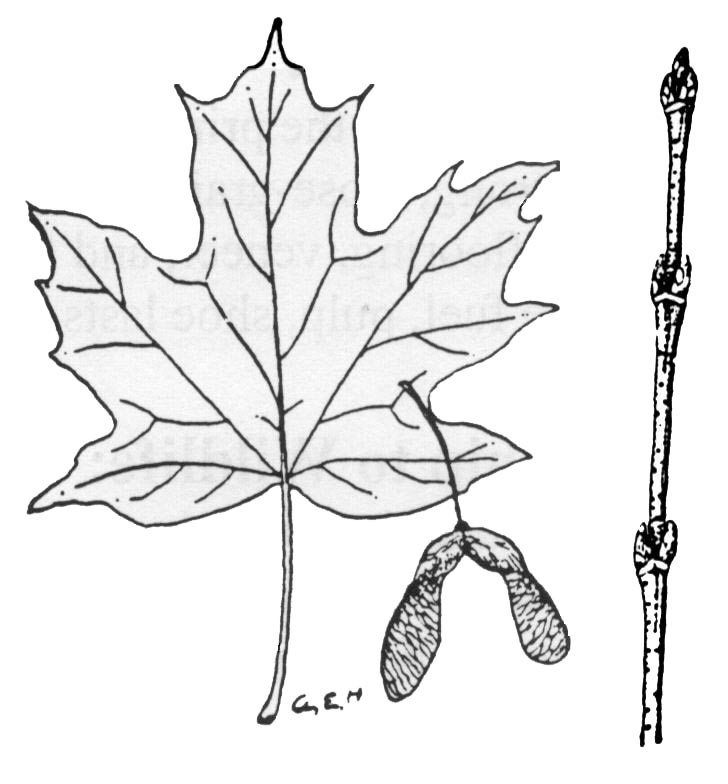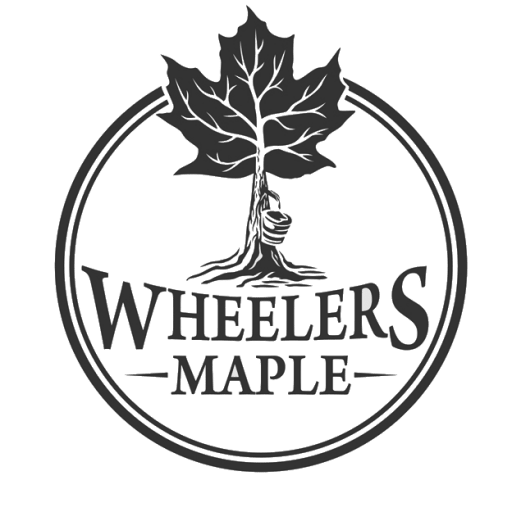What is Maple Syrup?
The legend on how maple sap was discovered
Over 4,000 years ago, one early Spring afternoon, a native child saw an icicle on a broken twig so he climbed the tree and broke off the icicle to suck on. He loved the sweet taste so he searched for more of these sweet icicles and shared his discovery with his family. The natives realized that to make these sap icicles they needed to break maple tree twigs and wait for the sap to drop out and form icicles. They saw the tree was “bleeding” so they started experimenting with the best way to get the maple sap from the tree. One of the methods they found successful to collect the liquid sap was to dig under a root that was 1 inch in diameter, sever the root and place a container underneath to collect the sap.


Maple Production
Of 129 varieties of maple trees worldwide, only 3 have good flavoured, sweet sap suitable for making maple syrup. The sugar maple (Acer saccharum) is most common but the black maple (Acer nigrum) and red maple (Acer rubrum) are also tapped for commercial production. Canada produces about 83% of the world’s supply. Quebec produces nearly 92% of this, Ontario 4% and the Maritime Region (New Brunswick, Nova Scotia and Prince Edward Island) 4%. Maple syrup is also produced in the Northeastern United States from Minnesota to New England and as far south as West Virginia.
Sap to Syrup
It takes about 40 litres of maple sap to make one litre of maple syrup. It generally takes about 40 litres of maple sap to make one litre of maple syrup but the ratio varies depending on the sweetness of the sap. The sap is concentrated into syrup by boiling water off as steam in modern stainless steel vats called evaporators to make a safe, high quality food product. Pure Maple Products are 100% natural with the only ingredient being maple sap. Other pure maple products can be made from maple syrup simply by boiling it down further, and in some cases cooling and/or stirring, such as maple butter, maple sugar, and maple taffy on snow.

‘Terrior’
What makes Wheelers Maple Syrup the ‘best of the best’! The flavour of maple syrup can vary greatly from region to region and even farm to farm. The concept of terrior (a sense of place, or from the land) is often used to denote the unique characteristics that geography, geology, and climate can impart on a product. Minerals in bedrock, nutrients in the soil, topography, weather patterns, and even genetic variation of the maple trees all influence the flavour of maple syrup produced at the maple farm.
